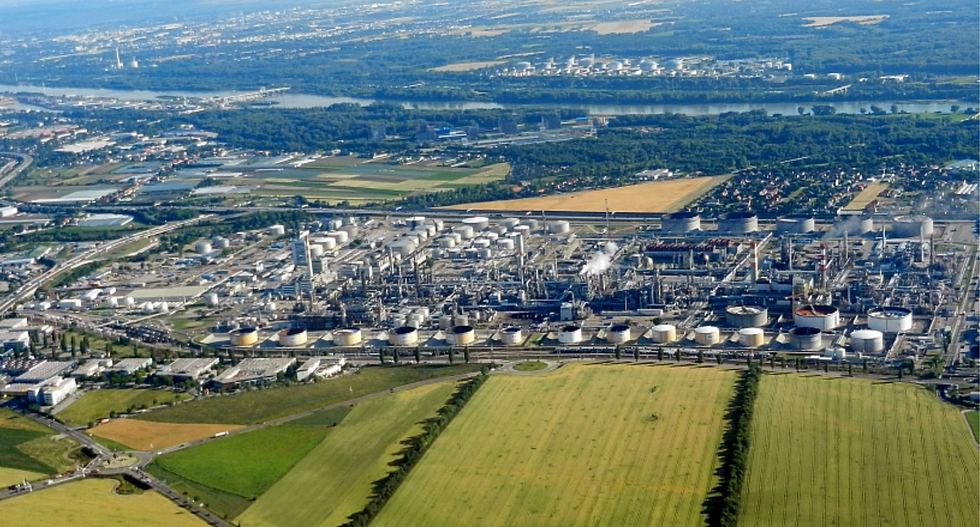OMV Schwechat Incident
- Jiwoo Jung
- 5 days ago
- 2 min read

On 15 April 2025, OMV's Schwechat refinery southeast of Vienna suffered an operating failure in the petrochemical unit at around 10:00. In accordance with the safety procedure, the plant entered high-flare operation, burning surplus gases in the flare stack. The intense flame was observed across the region, frightening pedestrians and evoking emergency calls to Lower Austria's fire brigade, which later said there was no refinery fire and that the alert had resulted from scheduled safety flaring during the disruption. OMV said safety procedures were followed and it ran to restore normal conditions. By the next day, the company reported that high flaring had been stood down following the resumption of production at the affected unit.
For locals and tourists alike, the immediate effects were anxiety and disruption by light and periodic noise, along with potential temporary impacts on air quality typical of large flares—primarily products of combustion such as nitrogen oxides, carbon monoxide, and soot. Production and deliveries of fuel continued, according to reports by the authorities and the operator, limiting broader disturbance than the visible flare and the spurious fire alarm.
The environmental effect of this specific, brief event is likely to be minimal in the short term; but repeated incidents of this nature contribute to cumulative airborne exposure within Vienna's airshed and wear away public trust when information flow is delayed or vague. For a city situated near major energy and petrochemical plants, the value learned is that as critical as technical controls are, so too is speed, reliability, and transparency in information flow.
Several steps can minimize the occurrence and magnitude of future surprises. In the first place, reliability enhancements and rigorous maintenance on likely tripping units can lower unforeseen flaring. In the second place, maximization of flare-gas recovery under normal conditions and high combustion efficiency during upset situations can minimize emissions when flaring is unavoidable. Third, real-time public notification—push alerts, a highly labeled incident page, and short updates to distinguish safety flaring from fires—precludes panic and unnecessary emergency calls. Finally, continuous fence-line monitoring and post-incident reporting build confidence by monitoring what was released, what happened, and what will change before the next restart.
Works Cited
Reuters. “OMV’s Schwechat Petrochemical Plant Suffers ‘Operational Disruption.’” Reuters, 15 Apr. 2025, www.reuters.com/business/energy/omv-says-petrochemical-plant-its-schwechat-refinery-broke-down-2025-04-15/. Accessed 24 Sept. 2025.



Comments